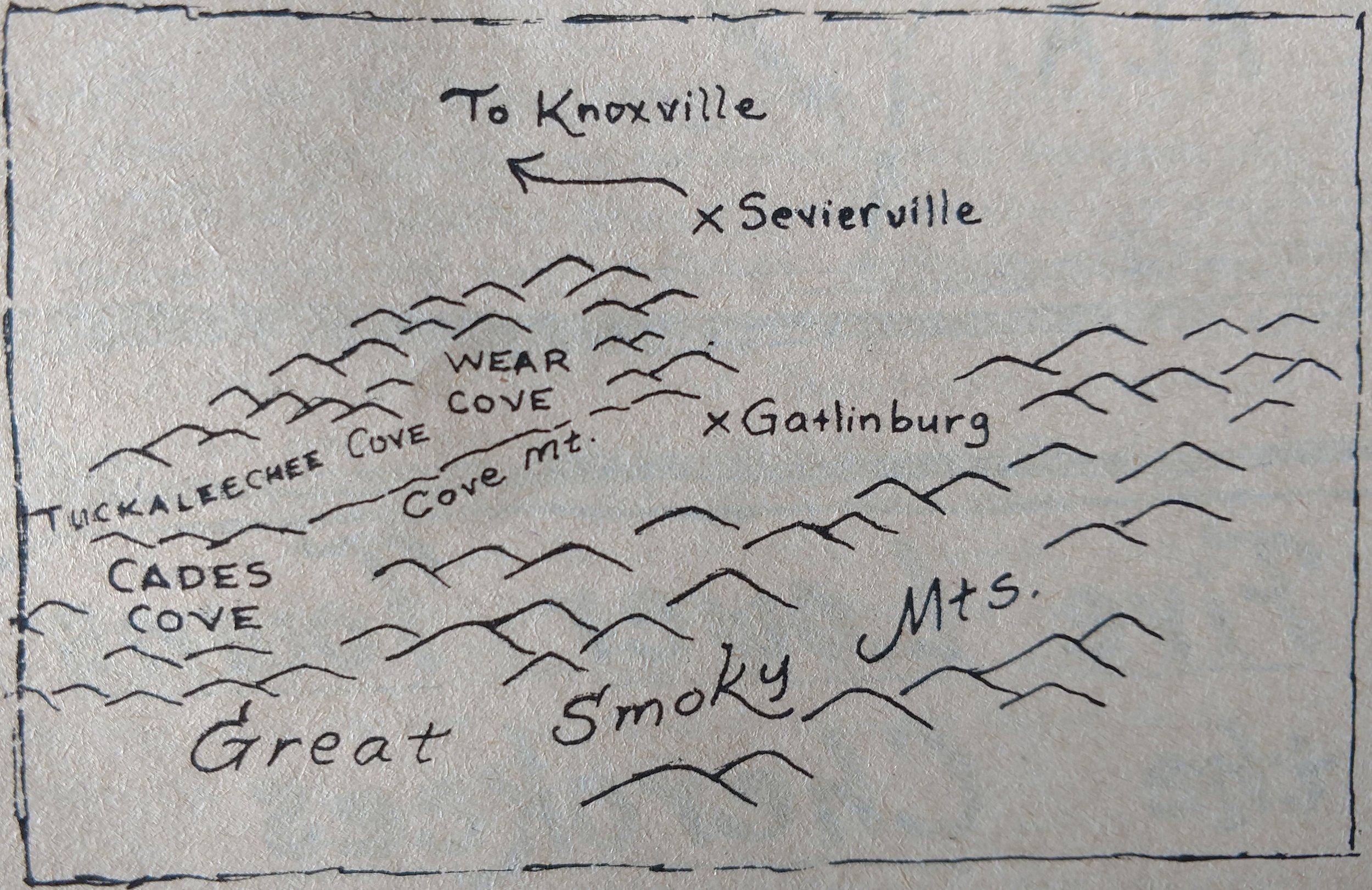The Coves of East Tennessee and Gold in Coker Creek
/We’ve talked here before about Gold in Tennessee - but Mr. Lane’s work revealed a new location for me - there’s just no telin’ what’s in our moutains!
The northwest side of the Smoky Mountains of Tennessee displays the features known as coves. These are basins on that side of the mountains that have resulted from special geological circumstances. Here, old faults (cracks in the earth’s crust, with movement along the cracks) onto rocks of younger age. The total overthrust movement was as much as 35 miles. Erosion has since broken through the older, overlying crystalline rocks to expose the younger limestones beneath. The limestone has, upon being weathered, produced good soil that has made possible a productive agriculture in the coves. Geologist call this type of cove a “fenster”, the German word for window; the holes eroded in the overlying rocks provide just that – a “window” through which the lower rocks may be viewed.
The best known of the coves of the Smokies is Cades Cove, in Blount County, a spot of rare beauty. Cades Cove is accessible to tourists. It is of special interest not only for its beauty, but also because of the preservation there of farmsteads as they appeared in bygone days, together with the traditional tools and agricultural practices. Other coves of the Smokies include Wear, Bumpass, and Tuckaleechee.
At Coker Creek in the Blue Ridge of southeastern Tennessee, gold mining was once significant enough that there was a “rush” of sorts to the area in the first half of the nineteenth century Discovery of gold occurred there in 1827; commercial mining only lasted four years, however, from 1856 – 1860
The gold mined from Coker Creek was found largely by the “placer” or washing method. The amount of gold mined here was not large, total production amounting to only a quarter-million dollars or so – and the relatively “lean” ore never brought riches to the miners, as did the discoveries in California and some other area. Still, this episode makes an interesting “byway” in the path of Tennessee history. Gold excites the imagination, and even today, amateur prospectors may be found from time to time, panning in Coker Creek for the thrill of “color” – the brilliant golden flash that quickens the pulse, no matter how small the amount and value of the flakes. Coker Creek is located in the southeastern end of Monroe County. It is north of Ironsburg and southeast of Tellico Plains.












